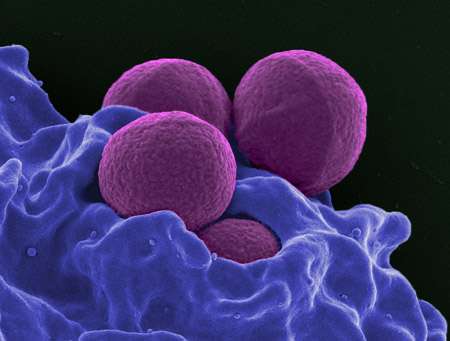While the USA is not the only country where new drugs are developed, they are a major force. The current development landscape means that drug companies concentrate their efforts on drugs that will provide the biggest ROI, and with the least impediments. The wider the application (as with antibiotics), the greater the chance that some potential users will have an adverse reaction. Which means even more testing.
A recent Forbes article, How the FDA May Kill Millions of Us, says:
Antibiotics easily conquered such illnesses as pneumonia and tuberculosis, which routinely killed countless numbers of people each year. Bacteria, of course, can become drug-resistant, but for decades pharmaceutical companies, especially in the U.S., routinely came up with new antibiotics to fell new killer germs. Now, however, the flow of new stuff has dried to a trickle.
In Antibiotics: The Perfect Storm (Springer, 2010) David M. Shlaes lays it out. “Regulatory agencies like the FDA are contributing to the problem with a constant barrage of clinical trial requirements that make it harder, slower and more costly to develop antibiotics.
In fact, Pfizer, the largest pharmaceutical company in the world, has ceased all development on antibiotics. A timeline over at Wikipedia shows how bad the situation has become. Whereas in the past multiple new antibiotics were released every year, in the last decade there have been just five:
1992 – fleroxacin
1992 – loracarbef
1992 – piperacillin/tazobactam
1992 – rufloxacin
1993 – brodimoprim
1993 – dirithromycin
1993 – levofloxacin
1993 – nadifloxacin
1993 – panipenem/betamipron
1993 – sparfloxacin
1994 – cefepime
1999 – quinupristin/dalfopristin
2000 – linezolid
2001 – telithromycin
2003 – daptomycin
2005 – tigecycline
2005 – doripenem
2009 – telavancin
http://en.wikipedia.org/wiki/Timeline_of_antibiotics


